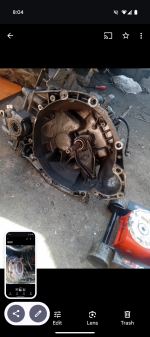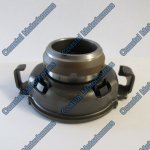lydecker777
Member
Hi,
Last year I bought a Borg and beck clutch kit as the clutch I had fitted a couple years ago was failing , along with the gear selector arm seizing up? The clutch was 75% worn after 25k>>
After fitting the new clutch , it's still not right, the bite is quite high which is common on these apparently, however the gear changes are clunky and not smooth , and it occasionally pops out of gear ?
When it's in neutral it's almost as if there's still a bit of drive to the gearbox as it's rattling ?
Now I've read about the thrust bearing that clicks into the pressure plate , my clutch kit didn't have this , and it wasn't fitted to the previous clutch?
Would this be the problem or would adjusting the gear cables help?
I've attached the photos of my gearbox after 2 years that the garage did , and a photo of the thrust bearing I think I need?
Last year I bought a Borg and beck clutch kit as the clutch I had fitted a couple years ago was failing , along with the gear selector arm seizing up? The clutch was 75% worn after 25k>>
After fitting the new clutch , it's still not right, the bite is quite high which is common on these apparently, however the gear changes are clunky and not smooth , and it occasionally pops out of gear ?
When it's in neutral it's almost as if there's still a bit of drive to the gearbox as it's rattling ?
Now I've read about the thrust bearing that clicks into the pressure plate , my clutch kit didn't have this , and it wasn't fitted to the previous clutch?
Would this be the problem or would adjusting the gear cables help?
I've attached the photos of my gearbox after 2 years that the garage did , and a photo of the thrust bearing I think I need?




